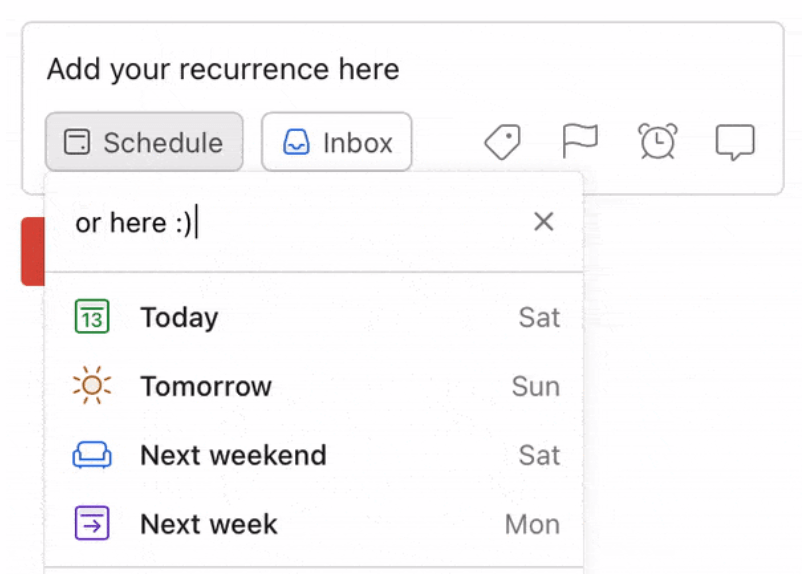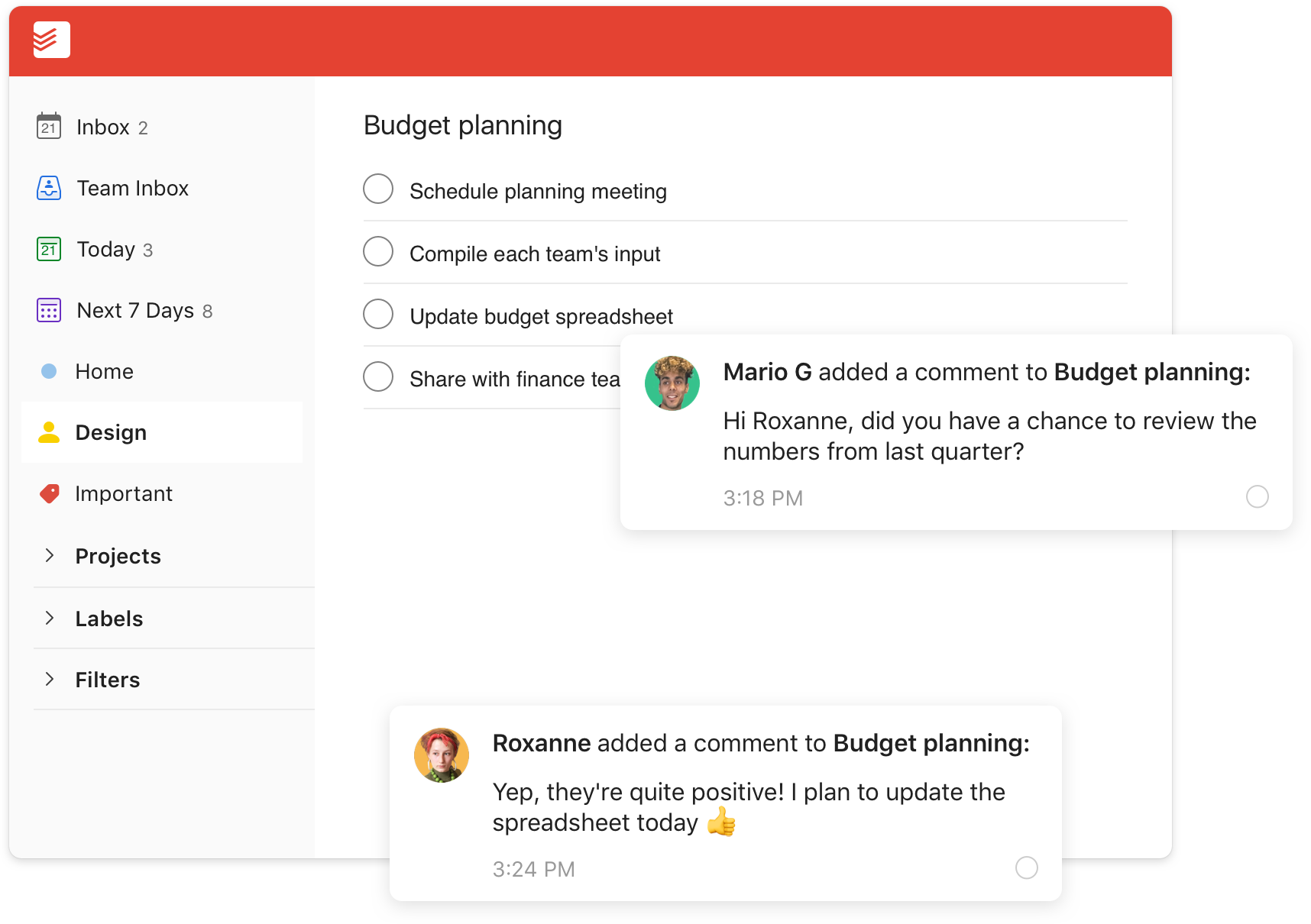

My setup looks as follows: 01 Studies, 02 Work, 03 Church/Ministry, 04 Family, 05 Personal, 06 Sharing (more on that in a future article), 07 Coram Deo (more on that in a future article). You can compare the plans here.Īfter registering with Todoist you will want to set up your “ areas of responsibility.” Before you begin to create these areas you will want to think carefully about what you are responsible for and make a list and then create the areas in your installation.

There is also a premium p lan which is highly recommended because it gives you many more features than the basic, free option. Todoist is a free task manager and available on the web as well as on iOS and Android. This tutorial is the engine that will drive your Todoist installation.īefore I began a few highlights about the product. In this article, I will show you how to setup your task manager and how to add the most basic tasks that you will use. In 2016 I discovered and began to work with Todoist in order to organize and plan my various tasks. I have used many task managers in the past and all of them were either too much or too little as to what I needed. My main tools of organization and planning are Google Calendar, One Note, and Todoist. Therefore, I use a system to organize my life using various tools that are available. As a pastor, it is very important to have things neatly laid out before me each week, including all of the various tasks that I need to do.

I may as well admit it, I am a sucker for anything that has to do with “organization.” I organize everything and have always had a knack and need to do so.


 0 kommentar(er)
0 kommentar(er)
